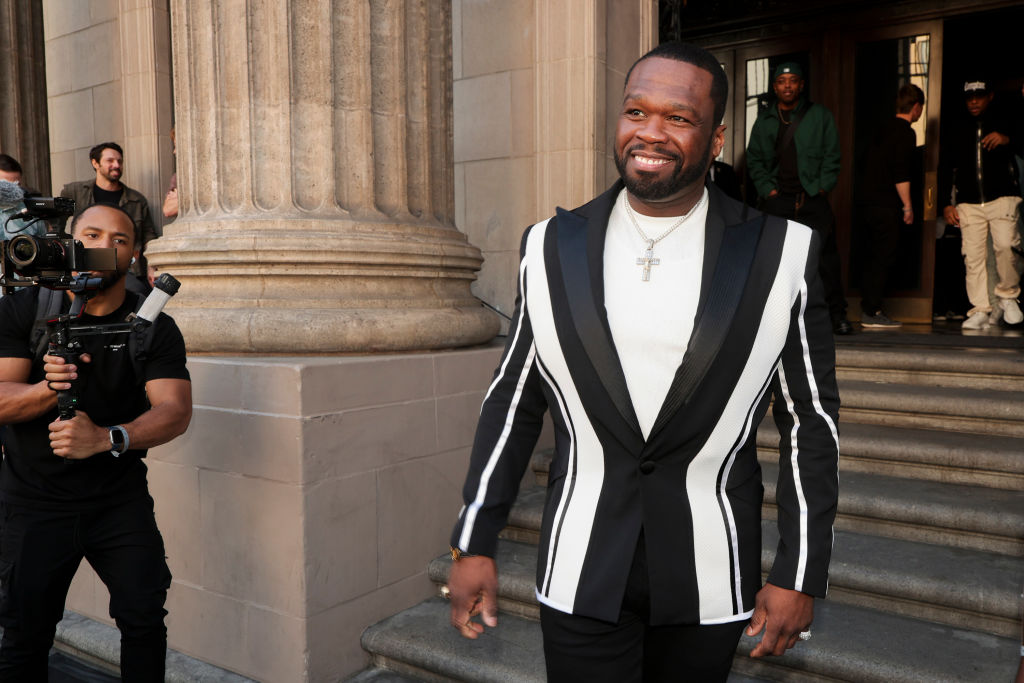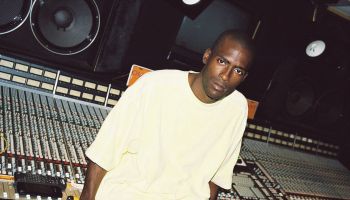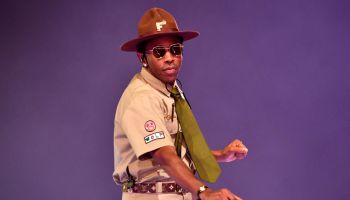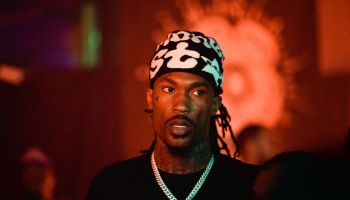When the city of Ferguson exploded into protest over the brutal killing of unarmed teen Michael Brown, it hit close to home. As a native of St. Louis, I returned this year to spend time as a Visiting Scholar at Washington University—after roughly a 20-year hiatus. During my childhood years, my uncle briefly lived in the very complex where Mr. Brown was murdered. Most of this summer three times each week I took my daughter to Forest Wood Park in Ferguson for tennis lessons, about three-quarters of a mile from the spot where Officer Darren Wilson shot and killed Michael Brown. More than the daily demonization of black men in the nation’s psyche, in reflecting on Brown’s senseless death, my thoughts drift toward my youth as a black male trying to safely navigate my way through and out of St. Louis to college in New York.
I am surprised but not shocked that the situation is currently at full throttle. The tensions have been mounting for quite some time. As a young teen in the 1980s I was taught when traveling through any one of the ninety or so county townships in St. Louis to watch my speed, make sure my vehicle was free of any violations, make certain my license and registration were accurate, and to watch my speed. The county was a place we ventured to for movies, malls, dining, or the difficult to find jobs that just seemed to be in short supply in the city of St. Louis. The catch was that one had to navigate through the minefield of township police without being stopped, ticketed, or arrested. Indeed, the site of one or more young black male teens in a car was usually sure to draw the attention of police officers. Sometimes one need not even be in a car.
During my senior year, I, along with several friends, was shooting hoops in a Clayton, Missouri school yard when suddenly a police officer drove his car onto the court where we were. He wanted to know if we were residents and claimed that someone had reported that we told a little girl to get out of the schoolyard. After some back and forth we just left. We downplayed the injustice by agreeing the game was nearly done and it was getting late.
Ferguson St. Louis is a microcosm of the nihilism, anger, poverty, and cultural-disconnect that has gripped the country for several decades. These crisis proportion dynamics have been intensifying for the past six or seven years. There are many reports about what has happened in Ferguson but perhaps not enough conversation about what action we need to take to make it end. The simple answer seems to be the lack of jobs, opportunity, respect; a history of injustice, personal responsibility, and cultural. However a much more lengthy and complicated explanation is necessary.
The officer harassing me and my friends did not see his son, his nephew, his neighbor’s sons, nor did the officer who shot Mr. Brown. Instead, through his lens he perceived potential or immediate threats. Over twenty-five years later how much has changed?
The North County has historically been a space where upwardly mobile working class and middle class African Americans from St. Louis city fled to as soon as they could afford it. Nearby North St. Louis county cities like Normandy, Jennings, Riverview, Florissant, and Ferguson offered safe, clean, fairly crime free homes, recreation facilities, and better education for their children.
My recent return to St. Louis has been alarming. I have noticed that the city has undergone a serious shift. As the inner core of the city such as downtown lofts, Soulard, Lafayette, Mid-Town, Central West End and The Grove have been refurbished and made safer for an influx of white residents I wonder where the African Americans and poor white residents that once occupied these spaces have gone. To get a sense of the pulse of the city I rode the Metro Link to Washington University’s campus each day. What I discovered during morning, afternoon, and evening commutes is that these people are getting off in droves in the north county. So when I took my daughter to tennis lessons in Ferguson I understood why I spied so many young African Americans walking along the streets.
However, as many have reported, what has not changed is the ethnic make up of the police force and other public offices. What also has not changed nation-wide is a philosophy among officers to “shoot until the threat is no longer presenting a threat,” explains David Clinger a former police officer and associate professor at University of Missouri in St. Louis. What has not changed since the Civil Rights Act was signed is a significant and lasting economic and political power shift among black Americans.
Washington University in St. Louis houses the Henry Hampton Eyes on the Prize: American Civil Rights Years 1954-1965 archival material. This film footage chronicles some of the most pivotal moments in the civil rights movement. As I think about solutions to the current crisis, I am convinced this is the perfect time to use it to offer programming and discussion for police forces and schools across the nation about one of the most important periods in modern American history. Such programming will allow the nation to see how current behavior such as refusal to allow even peaceful protest, the presence of dogs, assault rifles, tear gas and tanks, creating curfews, and the initial refusal to name the shooter, or release the autopsy report is eerily close to the brutality of the Old South that shook the nation over fifty years ago. But it can also teach lessons to the nihilistic youth of today that change comes from personal responsibility and being informed citizens who change policy through the political process.
The Eyes on the Prize also reminds us of the legacy of the 1964 Summer Project, called “Freedom Schools,” a network 30 to 40 voluntary summer schools that taught subjects such as black history and constitutional rights to help with confidence, voter literacy, and political organization skills, as well as academic skills to students from the very young to elderly adults. A reprisal or something similar to “Freedom Summer” is necessary if we hope to empower citizens like Ferguson’s black populace. St. Louis was not among the larger urban cities rioting during the summer of 1964, but fifty years later Ferguson, Missouri has undoubtedly impacted the question of civil rights, race, the increasing economic inequities and the color of justice in modern America. The reaction of the police to an unarmed youth, the response of an angry populace, the militarized police response to protesters, and the presence of the national guard, FBI, and Attorney General to ensure justice prevails is a truer measure of our progress fifty years later.
Dr. Thabiti Lewis is an Associate Professor of English and Critical Culture Gender and Race Studies at Washington State University and the author of Ballers of the New School: Race and Sports in America. In 2014 he was a Visiting Scholar in the Center for the Humanities at Washington University in St. Louis.

















